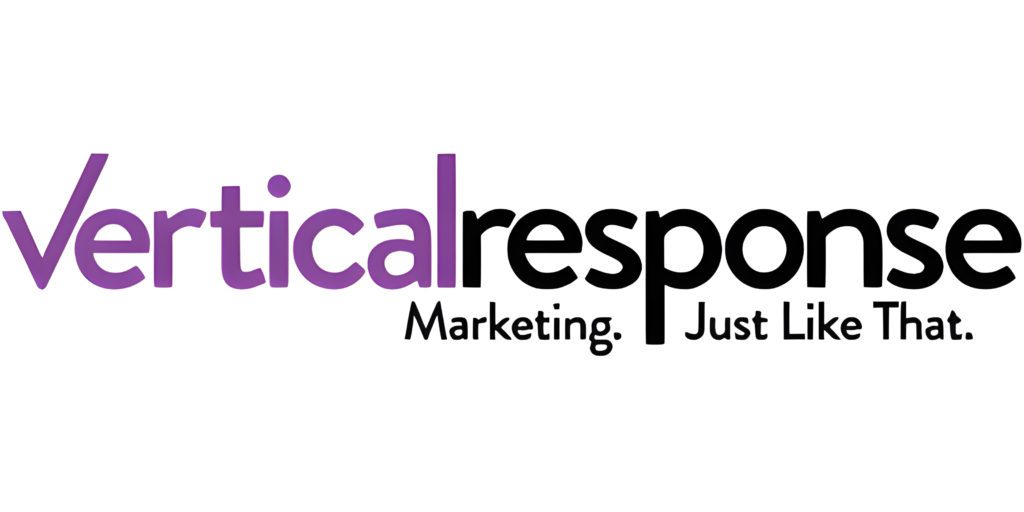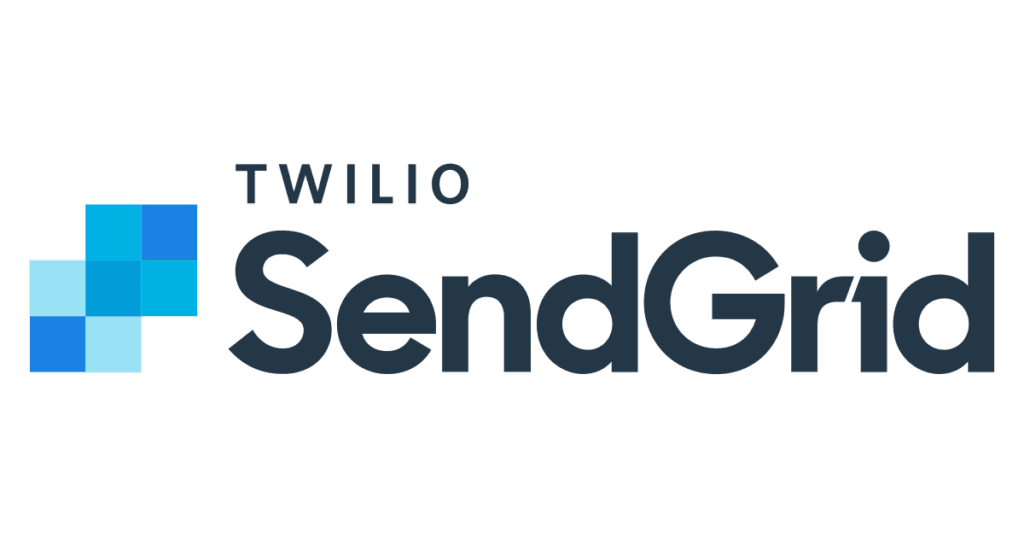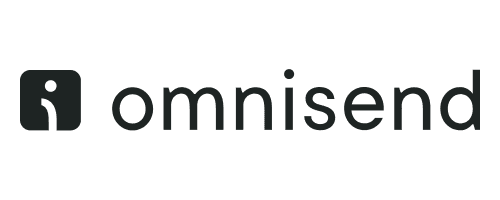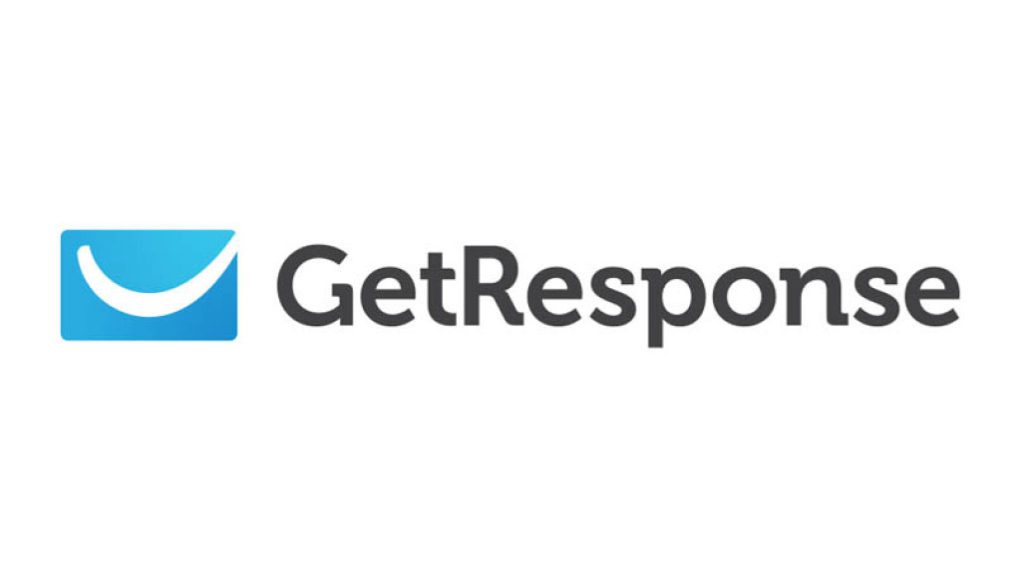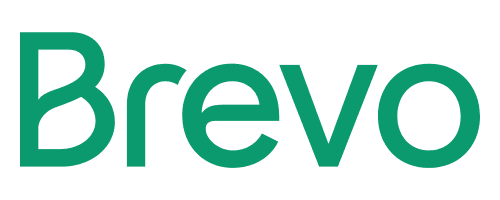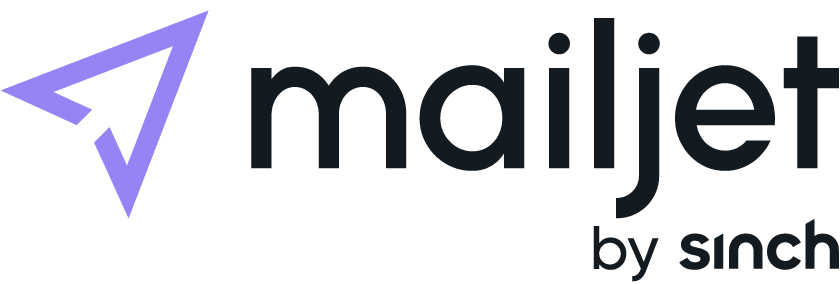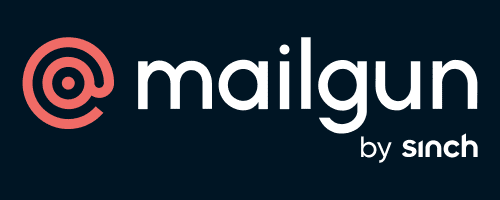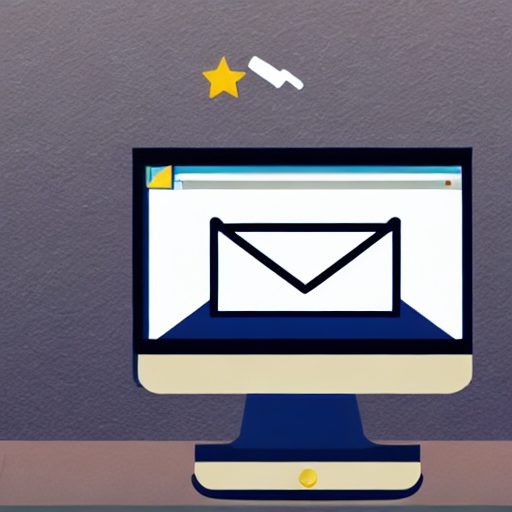Finding the ideal customer relationship management (CRM) solution is essential in today’s changing corporate environment, where customer connections carry huge weight. An efficient CRM system connects your teams in advertising, marketing, and customer support while giving them the resources they need to build strong relationships with your priceless customers.
With so many CRM platforms on the market, selecting the ideal one can feel challenging. But don’t worry; we have done the legwork and compiled a list of things you should look for in a CRM solution to find the right tool.
1. Ease Of Use
The first thing you should consider when selecting a new CRM system is its usability. Your employees will be likely to locate information more quickly and contact more clients if the CRM is designed to be simple to use and intuitive. A CRM that calls for significant initial training or a full-time admin to manage it for you is not worthwhile.
User-friendly, straightforward CRM solutions that may be taught in a few hours and don’t need ongoing support are most effective for startup sales teams. Your business will ultimately suffer if your CRM is cumbersome because confusing features tend to overwhelm employees.
2. Mobile Access
Employees have multiple roles in the current working environment. They are not always sitting in the office in front of the laptop. They may access their work-related tasks via smartphone. Therefore, a CRM solution must have the capability to access important information and contact details from any device. Your CRM should ideally include dependable, simple-to-use iPhone and Android mobile applications that don’t compromise desktop functions.
3. Automation
A CRM solution should have automation as a key component because it offers corporations several advantages. You will not have to go through the hassle of doing everything manually, and repetitive tasks will be eliminated. Your employees may concentrate on more strategic and value-added tasks by automating procedures like data entry, management of leads, and monitoring communications.
Automation will also help you build a solid relationship with customers by delivering timely automated emails and triggering follow-up notifications for every user without repeatedly going through the whole process.
If your workers are doing manual data entry, then you should be aware that it is vulnerable to mistakes and discrepancies. Automation plays an important role here as well. It enables interaction with other systems, instantly recording, and upgrading information, thus reducing data entry errors significantly.
4. Contact Syncing
Keeping track of your contacts, email accounts, and calendars is necessary for a productive environment at work. When choosing a CRM solution, make sure to check that your pick has options to sync all your important data to keep it in one location for easy access.
The availability of the same current information throughout all platforms is guaranteed through contact syncing. Doing this makes it possible to avoid misunderstandings or errors brought on by obsolete or contradictory information.
Your team can deliver more individualized and effective service thanks to a shared understanding of consumer data. For instance, they may easily access a customer’s history and choices, which improves interactions and builds stronger bonds with the client. Customers appreciate it when a brand remembers their buying habits; thus, this feature is essential.
5. Customization
Every business possesses different needs and has a different customer base. Hence, your CRM solution needs to be customizable. With a customizable CRM, you can make changes to the platform to meet your unique demands, maximizing its value and efficiency.
Customization enables firms to establish an information hierarchy that prioritizes the most important and commonly employed data. This streamlines operations by reducing the time spent searching for information. As a result, employees are able to make decisions faster, which boosts productivity.
Another benefit of customization is that the CRM can be updated to meet up with the growing demands of the organization. As businesses evolve, their needs continue to grow. A customizable CRM can be useful in this regard because it can adapt to these needs without hampering the workflow.
6. Integration
You may save considerable time and money by integrating your CRM software with other products you regularly use. Many CRM solutions offer third-party integrations. However, selecting the one that perfectly aligns with your existing software is crucial.
You will be able to build email lists and make email marketing campaigns easily with such integrations. Moreover, popular cloud storage tools, such as Dropbox, can also be synced with your data for further work control. Additionally, your CRM may be coupled with various third-party programs like leading HR software, instruments for business intelligence, and ERPs to provide you with more efficient features.
7. Security
Customers enter a lot of personal information on your website, including addresses, pin codes, postal codes, purchase histories, and more. It’s crucial that you protect that information. The loss of a customer’s trust is the worst thing a company can do, which is why all private data collected by CRMs must be skillfully encrypted.
Your entire company’s reputation could suffer if there is a leak or privacy breach, and you could lose customers. Effective security measures help in preserving the image of your business as a dependable and trustworthy entity.
Hence, having a CRM with robust security features is essential. These features include data backups, access controls, intrusion detection systems, firewalls, multi-factor authentication, and encryption tools.
Final Thoughts
Now that you know everything you should look for in a CRM solution, it should be easier to find a suitable platform. Find a solution that addresses your immediate needs and has the flexibility to accommodate your future growth plans.
You can select a CRM solution that boosts productivity, increases client connections, and promotes overall achievement by carefully weighing various software and taking into account the benefits mentioned above.











